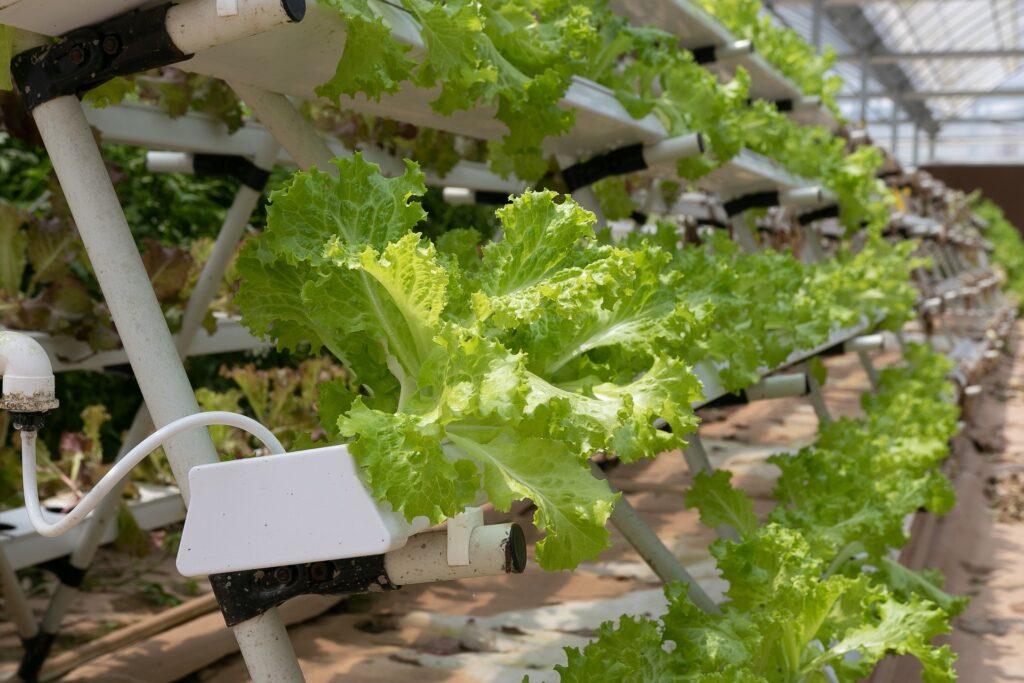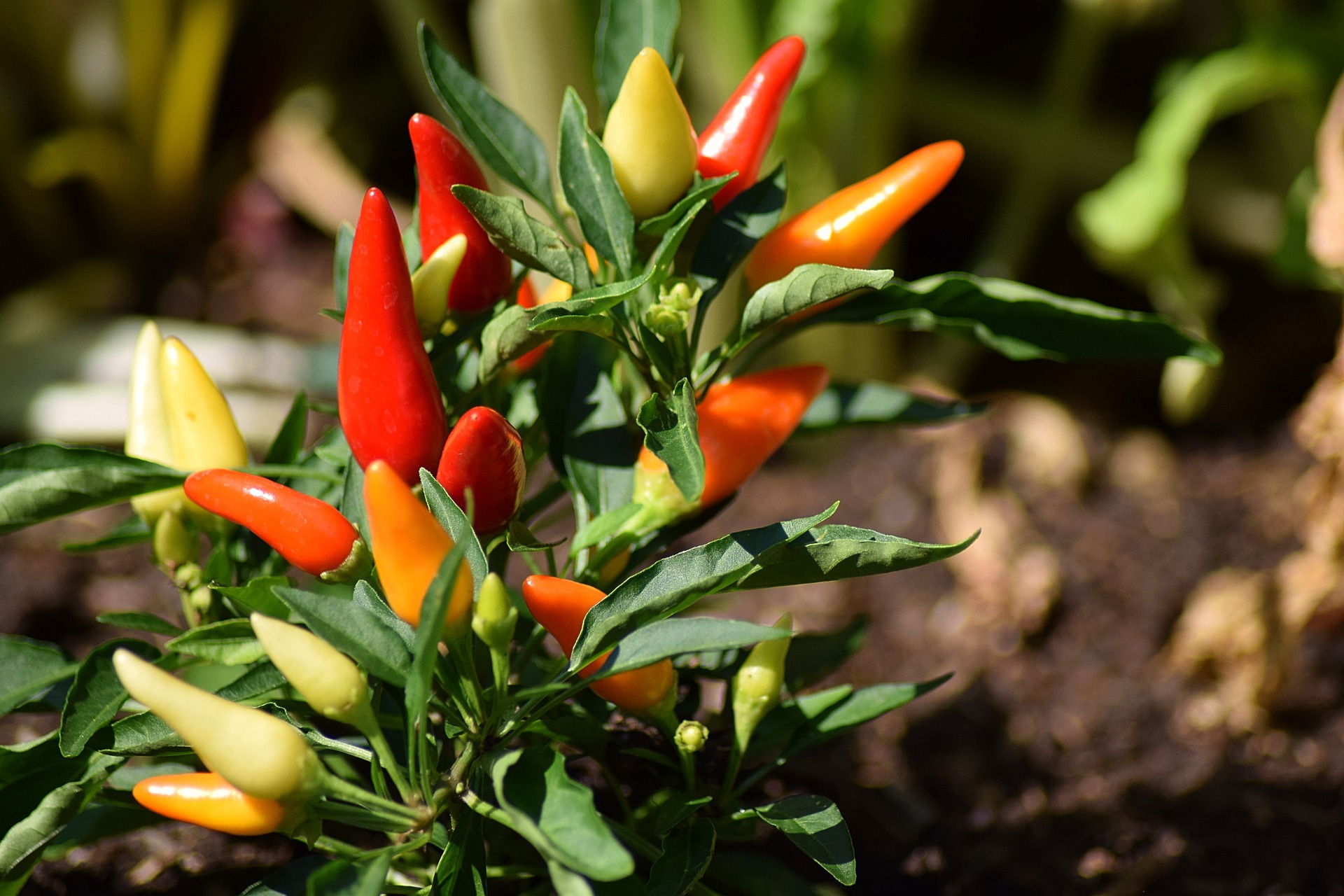- The New Era of Hydroponics and Sustainable Agriculture
- Method: Lettuce Cultivation Experiment through Optimization of Light and Nutrients
- Results: Changes in Lettuce Growth and Resource Consumption Due to Light and Nutrient Management
- Discussion: The Impact of LED Lighting and Nutrient Management in Hydroponics
- Summary: The Significance of Optimizing LED Light and Nutrient Solution Management in Hydroponics
The New Era of Hydroponics and Sustainable Agriculture
Hydroponics is a method of growing plants without using soil and has recently garnered significant attention as a form of agriculture that is considerate of the environment and sustainable. Compared to traditional soil-based agriculture, this method can significantly reduce water usage and also avoids issues with soil-borne pests and diseases. Furthermore, since it does not require soil, it enables cultivation in urban areas and barren lands, contributing to the diversification and stabilization of food supply.
The study we introduce here explores how the spectrum (color) of LED light used in hydroponic cultivation and the method of nutrient solution exchange affect the growth of lettuce. LED lighting can provide plants with specific wavelengths of light, allowing for more precise control of the light conditions necessary for plant growth compared to traditional sunlight-dependent cultivation methods. Additionally, the management of the nutrient solution directly impacts the efficiency of nutrient absorption and overall health of the plants. By optimizing these elements, it is believed that the efficiency of hydroponic cultivation can be enhanced, taking a step forward towards sustainable agriculture.
Method: Lettuce Cultivation Experiment through Optimization of Light and Nutrients
In this study, experiments were conducted using LED lighting with different light spectra (red, blue, white, and a combination of red and blue) and three different methods of nutrient solution exchange (complete exchange, partial exchange based on Electrical Conductivity (EC), and partial exchange based on the needs of the plants). The purpose was to observe the differences in lettuce growth, water and power consumption, and nutrient absorption under these combined conditions.
The focus for the LED lighting spectrum was on providing wavelengths of light most effective for photosynthesis in plants. Red and blue lights individually offer ‘specific’ wavelengths necessary for photosynthesis, directly impacting plant growth. White light, providing a spectrum similar to sunlight, mimics the natural growth environment for plants. The combination of red and blue light brings together the benefits of both, used to explore the optimum conditions for lettuce growth.
Regarding the nutrient solution exchange methods, the aim was to optimize nutrient absorption and water use efficiency in lettuce. Complete exchange involves regularly replacing the nutrient solution to maintain a balanced nutrient level. Partial exchange based on EC involves measuring the electrical conductivity and partially replacing the solution when nutrient concentrations reach a certain level. Partial exchange based on the plant’s needs is a more sophisticated approach, adjusting the nutrient solution according to the growth stage and health status of the plants, expected to enhance nutrient use efficiency.
By combining these methods, the main goal of the experiment was to identify the most effective light and nutrient solution management strategies for the growth of lettuce. This approach aims to optimize resources in hydroponic cultivation and enhance sustainability. Additionally, deepening the understanding of the interaction of these elements on plant growth and health is a vital aspect of this study.

https://www.nature.com/articles/s41598-023-48284-1
Results: Changes in Lettuce Growth and Resource Consumption Due to Light and Nutrient Management
The results obtained from this study demonstrated that the spectrum of LED light and nutrient solution management in hydroponics significantly affects lettuce growth, resource consumption, and nutrient absorption.
The combination of red and blue LED lights and the partial exchange of nutrient solution based on the needs of the plants produced the best results for lettuce growth. Groups exposed to the combination of red and blue light showed a significant enhancement in the growth of lettuce leaves. This combination of lights optimized the wavelengths necessary for photosynthesis, efficiently providing the energy required for lettuce growth. Furthermore, lettuce cultivated under these light conditions exhibited improved leaf color and texture. It is interesting to note how growth can change under different lighting conditions. Generally available “plant cultivation LEDs,” which combine red and blue LEDs and might look a bit dubious, actually make a lot of sense.
Regarding nutrient solution management, as expected, the partial exchange method based on the plant’s needs was the most effective. This method optimized nutrient absorption by adjusting the nutrient solution according to the growth stage and health status of the lettuce, reducing the consumption of unnecessary nutrients. Consequently, this led to a reduction in water and electricity consumption, confirming an overall improvement in resource efficiency.
In hydroponic cultivation of lettuce and tomatoes already implemented in plant factories, management of the nutrient solution is often based on EC (electrical conductivity) and pH. However, it seems that more effort is required to produce truly high-quality vegetables.
Furthermore, the analysis of nutrient absorption revealed that groups using a combination of red and blue light and the nutrient exchange method based on the plant’s needs had more efficient absorption of nutrients such as nitrogen, potassium, and zinc. Nitrogen, in particular, is an essential element for plant growth, and its efficient absorption is suggested to contribute to the healthy growth of lettuce. However, some loss in iron absorption was observed, indicating the need for further research to understand the reasons and explore improvements.
These results indicate that the spectrum of LED light and the method of managing the nutrient solution have a significant impact on the healthy growth of lettuce while minimizing the consumption of resources. This suggests that improvements in sustainability and efficiency are expected in hydroponic cultivation.

Discussion: The Impact of LED Lighting and Nutrient Management in Hydroponics
The results of this study clearly show that the spectrum of LED light and the method of managing the nutrient solution greatly affect the growth and resource consumption of lettuce. Particularly, the combination of red and blue lights and the partial exchange of nutrient solution based on the plant’s needs have been shown to optimize lettuce growth while simultaneously reducing water and electricity consumption.
The combination of red and blue LED lights provides specific wavelengths necessary for photosynthesis in lettuce, which has been confirmed to have a growth-promoting effect. This suggests the possibility of accelerating plant growth by providing an optimal environment for photosynthesis. Furthermore, improvements in leaf texture and color were observed under these lighting conditions, which is a pleasing aspect for consumers. Everyone prefers eating vegetables that look delicious.
The partial exchange of nutrient solution based on the plant’s needs optimized the absorption of nutrients and reduced the consumption of water and power. This method not only promotes the healthy growth of lettuce but also suggests a reduction in environmental impact. Particularly, the efficient absorption of essential nutrients like nitrogen and potassium is a critical element in plant growth. This allows for a reduction in the waste of fertilizers during cultivation, taking a step towards sustainable cultivation methods.
However, the observed loss of iron needs to be improved in the future. Iron is a trace element necessary for plant growth, and optimizing its absorption is crucial for improving plant health and production efficiency. Future research should focus on this aspect, seeking improvements in the composition and management of nutrient solutions.
In summary, this study demonstrates that optimizing the spectrum of LED light and nutrient solution management in hydroponic cultivation paves the way for resource-efficient and sustainable agriculture. These insights are expected to contribute to the innovation of agricultural technologies, particularly in expanding the possibilities of food production in urban areas and regions with limited resources, essentially in “plant factories.” Moreover, the simultaneous realization of improved quality for consumers and consideration for the environment makes the promotion and improvement of hydroponics increasingly important going forward.

https://www.nature.com/articles/s41598-023-48284-1
Summary: The Significance of Optimizing LED Light and Nutrient Solution Management in Hydroponics
This study delved deeply into the impact of optimizing the spectrum of LED light and nutrient solution management in hydroponic systems on the growth of lettuce. It was revealed that a combination of red and blue LED lights, along with the partial exchange of nutrient solution based on the plants’ needs, promotes healthy growth of lettuce and simultaneously reduces water and electricity consumption. These findings contribute to the development of sustainable agricultural technologies and expand the possibilities for food production in urban plant factories and regions with limited resources, such as deserts or cold areas.
How can this research be applied to business? The study was relatively commercially oriented, packed with insights for improving plant factories. In practical settings, the methods explored in this study might be more costly, which is inevitable due to varying needs, crops, electricity costs, and water costs. However, integrating some elements of this research into currently operating plant factories seems feasible. If incorporating these elements leads to added value and improved quality, resulting in higher profits, then there is a significant reason to implement them. The potential benefits of applying these findings include creating more efficient production systems, enhancing the quality and market value of produce, building a sustainable brand image, exploring new markets in challenging environments, investing in further research and development, and offering educational and consulting services in advanced hydroponic technology.



コメント